Guided Project
Universidade Federal da Integração Latino-americana (UNILA)
ABSTRACT
Peru is a mega diverse country rich in natural resources, however, this wealth also brings with it a series of inequalities, which is accompanied by an archaic colonial heritage, and there is no development as such, in the places of exploration. A clear example is the Gas de Camisea project, which is located in the District of Megantoni, Cusco. The Alto Mishagua Rural Settlement is part of the district where the largest batch of natural gas at the national level is located, which has been explored for more than 15 years, however, the communities do not have access to this resource in a guaranteed way and at a fair price. Families continue to use firewood, because the access to gas is expensive locally. As an example, this is the case of the Alto Mishagua community, which does not have access to any kind of electricity and internet.

PROBLEM STATEMENT
The rural settlement of Alto Mishagua is characterized by having a great biodiversity of flora, fauna and water bodies. The means of transport is by river, in small boats called peques or canoes, which work by motor fueled by gasoline. The settlement is very far from a market center, around 3-5 hours away. Being in an area far from the city, the community does not have basic services, such as access to electricity, which should be guaranteed as a right. Now, not having energy also limits communication in the community and access to information. The community is in complete abandonment by the state and local government, some families usually come to the town to be able to charge their flashlight or cellphones, which is used a lot to go hunting and fishing. It is also important for the community to have access to the internet, which is useful for any emergency that may happen, such as a snake bite, accidents, etc
OBJECTIVE
Bring and provide access to electricity in 30 homes of the community and install the communal satellite internet in the Alto Mishagua settlement.
NEXT STEPS
- Agreement with potential funders for the community project
- General meeting with the community, to present the progress of the project to have access to internet and electricity.
- Coordinate the logistics of the purchase and installation of the panels and communal internet
- Monthly maintenance of internet services
CONTEXTUALIZATION OF THE ALTO MISHIAGUA STTLEMENT
The Alto Mishiagua settlement is mainly characterized by being a community made up of families from various regions of the country, and there is a coexistence of indigenous ethnicities: Yines, Matsiguenga, and Quechua peoples, who mainly work in agriculture. The community was created 6 years ago, and has an area of approximately 13,000 hectares, made up of 40 families. It has a warm, humid tropical climate, an ecosystem very rich in flora and fauna. It is located on the border strip between the Cusco and Ucayali region, separated by the Mishagua River, which, in the Nahua language, means dirty river, due to the color of the water, which is like cloudy and remains the same all the time. Currently, the community does not have access to basic services such as drinkable water, electricity, health, and education.
Image 1, 2, : Minga or community meeting in the communal house, currently held every month. These meetings are to see the progress, works that concern the community to carry out activities based on the ayni philosophy. _ Image 3: Location.
Socio-economic aspect
The families work the chacra/chaqra, and it is their main activity. Agriculture is small-scale, the products are corn, rice, cassava and plantain. Most are for self-consumption and a part is sold. Many of the members are dedicated to work outside the community such as municipal works and mita. Hunting and fishing are food supplements and also the raising of birds such as ducks and chickens.
Image 4, 5 : Roxana’s mother, with her fish, in the background a small orchard of tomato, corn and yucca. The second photo is the fish from the Mishahua River, the main food of the families in the settlement._ Image 6 : the port of the Alto Mishagua community, it is observed that the boats run on motor and gasoline
Transport routes for access to the community
The only access route is by waterway, for which small boats or peque peque are used, which are small boats that serve as a means of transport.
Family houses
The families’ homes are precarious, most of them fenced off with burlap, corrugated roofing, and wood material for the columns or skeletons of the houses.
Image 7, 8 : Most of the houses have a wooden structure and a roof with corrugated sheets, generally they are made with insulation, to avoid floods or extreme cold.
As an example, this year, Roxana installed a pilot project for her family, which has access to energy and satellite internet, and it also serves as a focal point of communication for the community. Following the installation of the solar panel and the satellite internet, which works fine.
Image 9, 10 : Installation of the solar panel and satellite internet. The second image is the inverter and the internet modem, from which we communicate with the world.
Methodology
Some advancements have been developed since January of this year, the first was as a pilot project in a single family. Now, it is proposed to replicate this idea to the other members of the community, which is proposed as follows:
- General meeting with the community board of directors, to give knowledge of the project.
- General meeting with community members to establish all logistics (purchase, transfer and installation of panels and satellite internet).
- General training on the use of panels and satellite internet.
- Agreements to maintain the internet (monthly payment).
Budget
Description |
Unit amount local currency (soles) |
Amount |
Total in soles |
Total in Canadian Dollars |
| Direct management expenses | $1.162 | – | $1162 | $395 |
| Solar panel kits | $1.400 | 35 | $49.000 | $16.660 |
| Satellite internet package (installation, contract + 2 month payment) | $2.650 | 1 | $2.650 | $900 |
| Total cost | $52.812 | $17.956 |
Quote as 1/02/2022
Glossary
- Ayni: a form of social work that can be remunerated or exchanged for a reciprocal product or work, where the phrase prevails: “today for me, tomorrow for you.”
- Chacra/chaqra: It is the space where agricultural crops are located.
- Minga, minka: form of social, community work.
- Mita: It is an Inca practice, it consists of a person who does not own the land where works, cultivating what he/she wants, and at the end of the harvest, half of the crop belongs to the person.


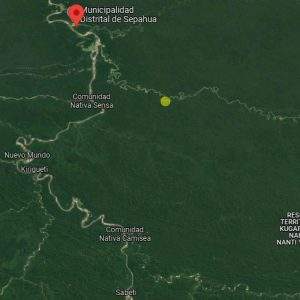
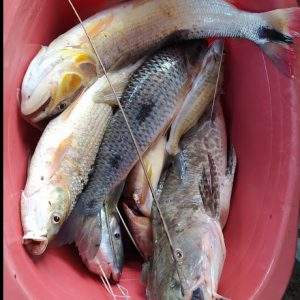
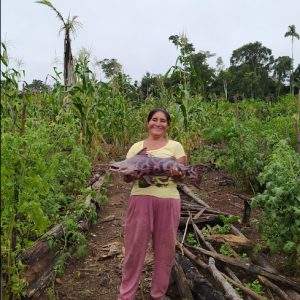
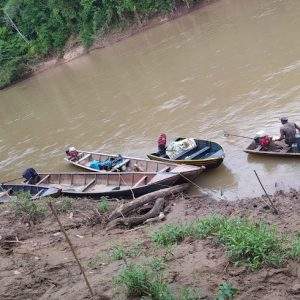
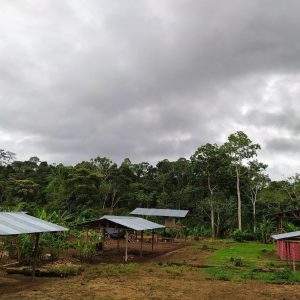

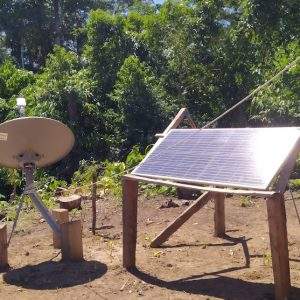

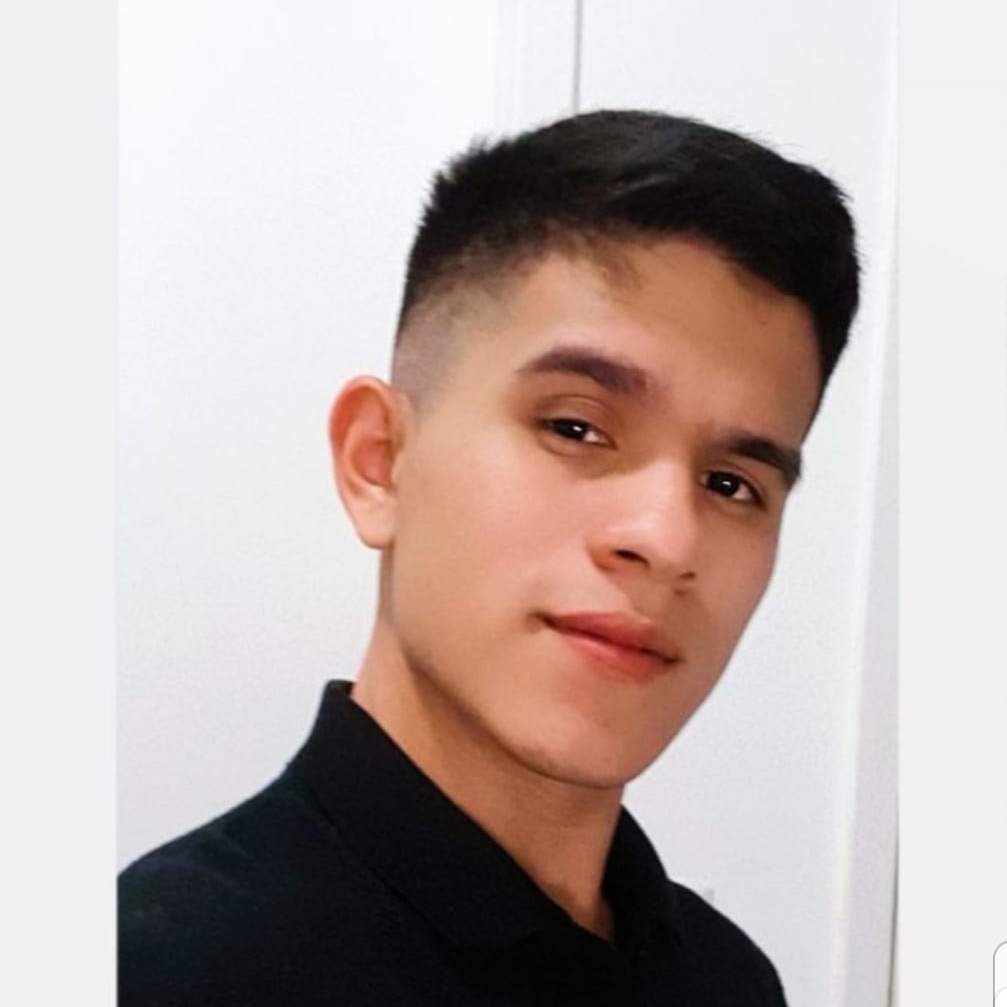
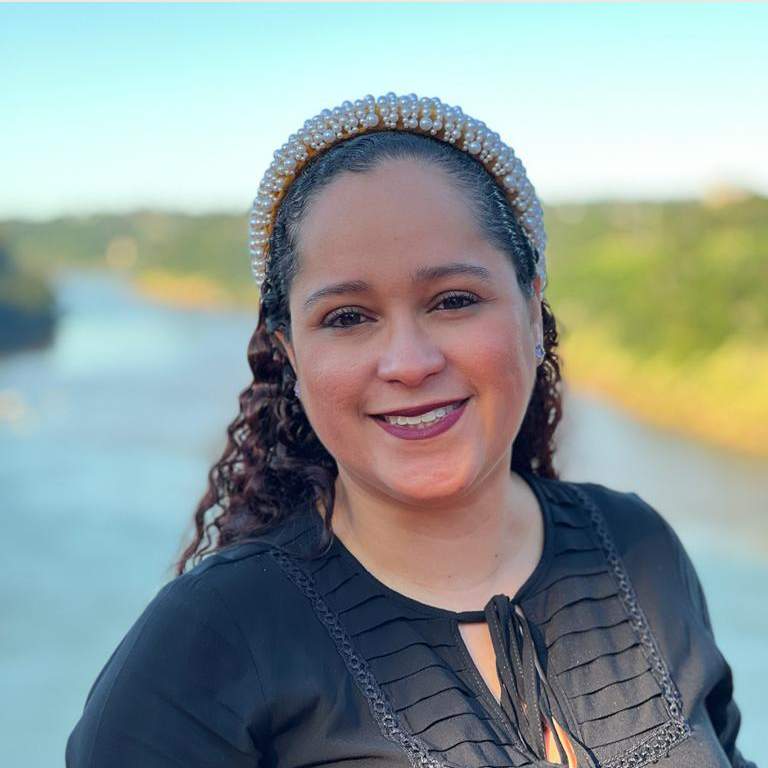
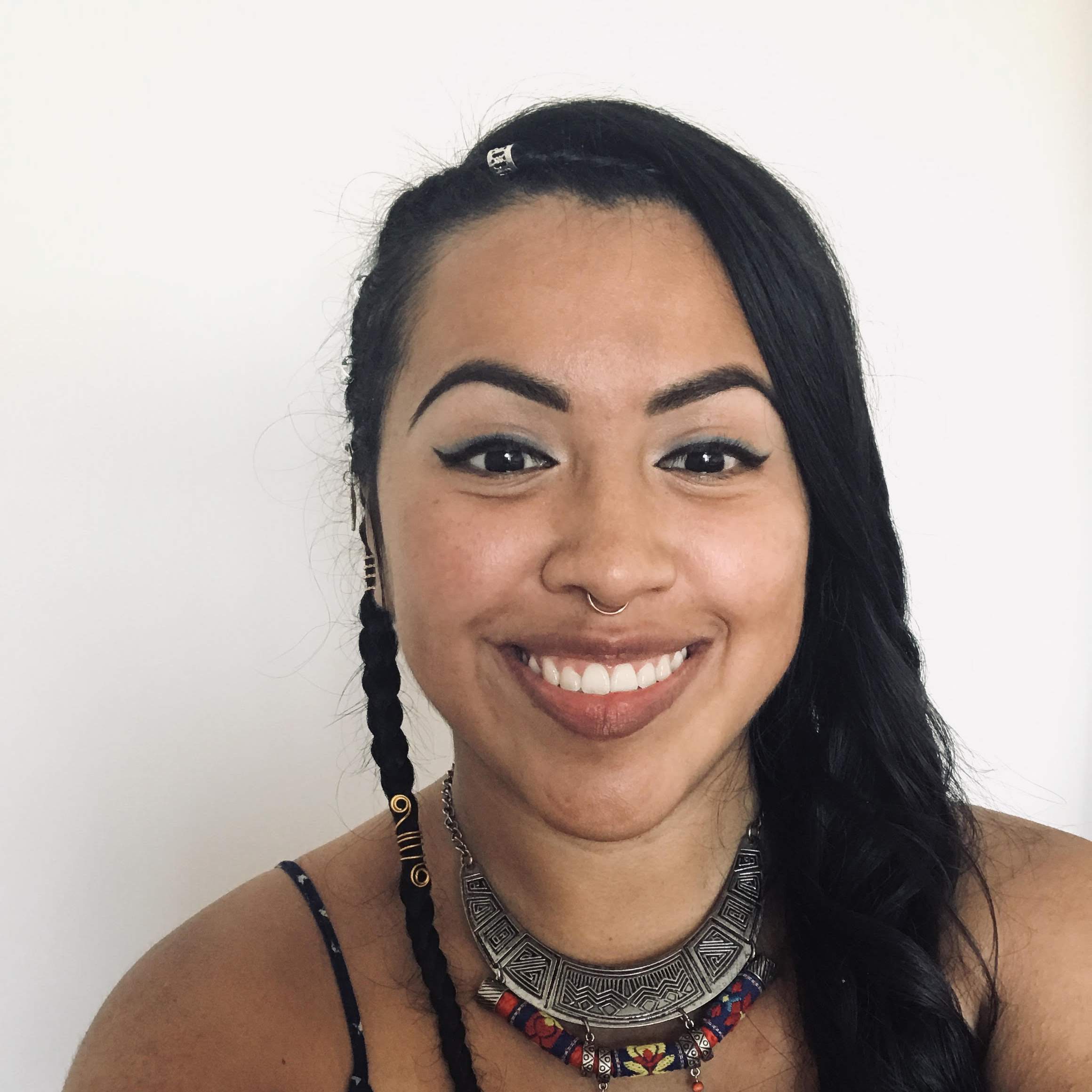
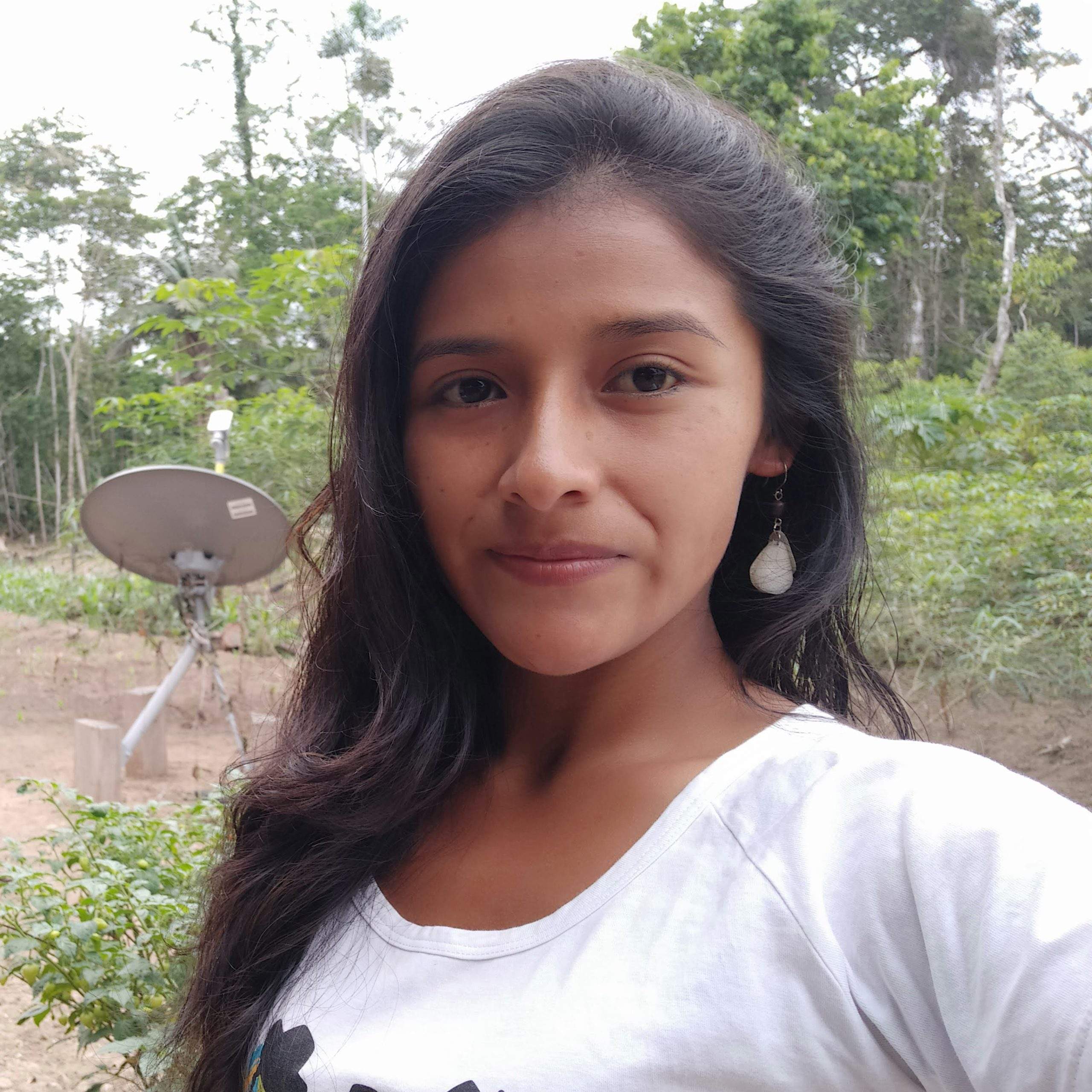



studentenergy
Loading
@studentenergy
Loading